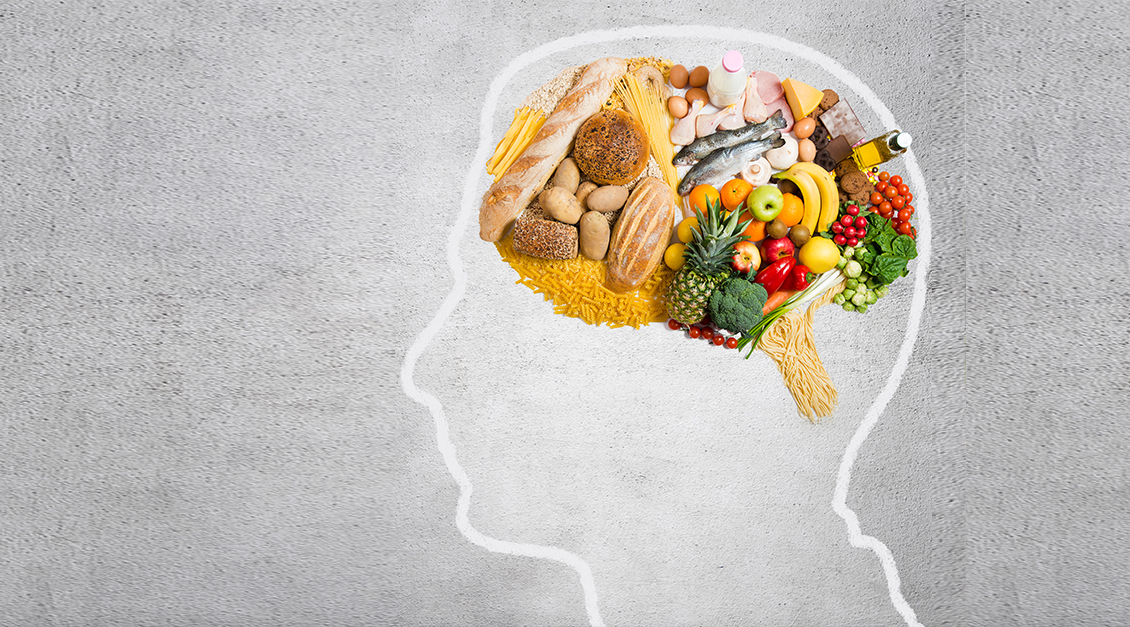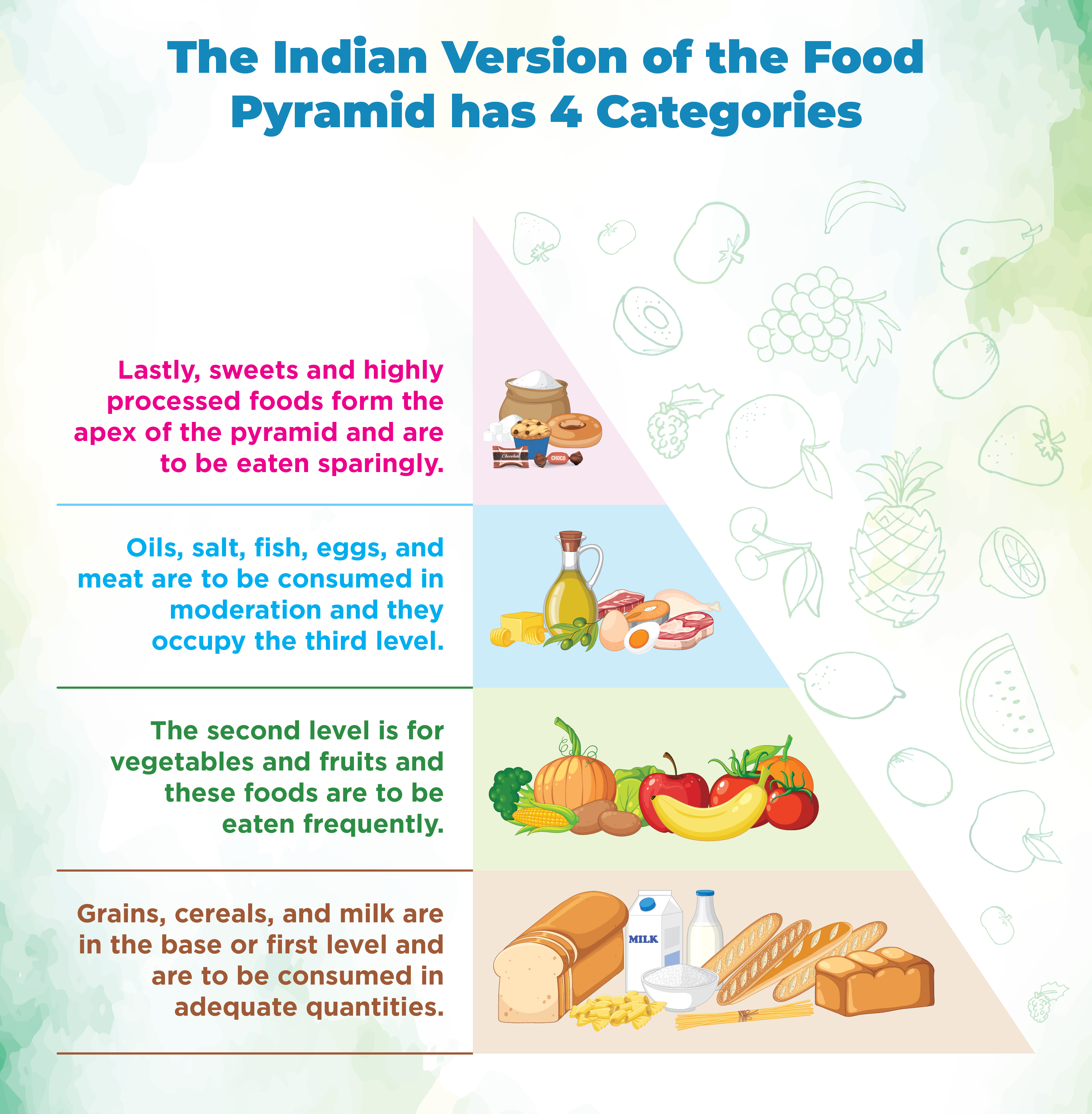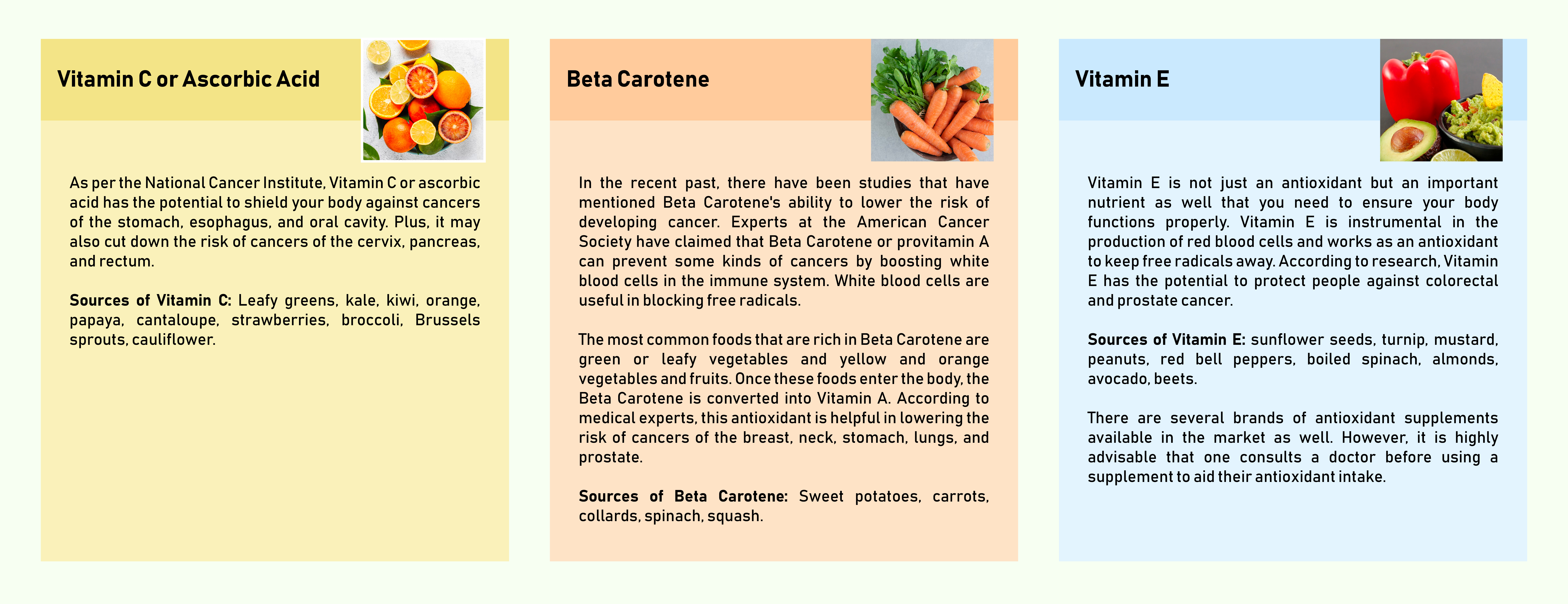Take care of your body. It’s the only place you have to live." – Jim Rohn’s words resonate more than ever in our fast-paced, convenience-driven world. In the hustle and bustle of modern life, it’s all too easy to neglect our health, but this path, trodden by too many, often leads to a dead-end.
A recent survey conducted by ICMR reveals that 41.3% of Indians fail to meet the WHO’s recommended physical activity levels.
Urban areas show higher inactivity, with over 60% of women and 44.2% of men not being sufficiently active. The survey also highlights the low practice of yoga, with only 3.5% of adults engaging in it.
These findings shed light on the sedentary lifestyle prevalent in the country, urging the need for more active habits for improved health and well-being
But, you might ask, how exactly does lacing up your sneakers or unrolling your yoga mat make you ‘Fit as a Fiddle’?
Let’s dive into the fascinating science behind exercise and its transformative effects on our bodies and minds. It’s high time to jump on the bandwagon and discover why hitting the gym or simply going for a walk in the park could be your best health insurance policy.
Hold your horses, folks; it’s going to be an invigorating ride.
Fit as a Fiddle: Unveiling Exercise’s Health Perks
Physical exercise is the golden ticket to bolster overall health and well-being. It’s the heart’s personal trainer, enhancing its pumping efficiency and reducing cardiovascular risk factors.
Exercise helps you go the "extra mile" in weight management, burning calories, and sculpting lean muscle. It’s a "hard nut to crack" for bone ailments, enhancing bone density and fending off osteoporosis.
As the ultimate "mood booster", exercise dispenses ‘feel-good hormones’, alleviating stress and anxiety. It’s the "secret ingredient" for quality sleep, sharp cognition, and robust immunity. Incorporating regular physical activity into your routine can have you "fit as a fiddle". So, let’s get the ball rolling and embrace movement!
The Journey from Couch Potato to Fitness Fanatic
Embarking on a fitness journey can transform a couch potato into a fitness fanatic. Starting slowly, embracing challenges, and optimizing workouts are key.
- Couch to 5000 Steps a Day: A Challenge to Embrace
- Burning Rubber: Making the Most of Your Workouts
- Cardiovascular Health: Cardiovascular exercises like brisk walking, cycling, and swimming strengthen the heart and reduce the risk of heart disease. These exercises improve circulation, and lower blood pressure, and cholesterol levels.
- Bone Health: Weight-bearing and resistance exercises like weightlifting, walking, or dancing can improve bone health, essential for those dealing with osteoporosis. They stimulate bone formation and slow down bone loss.
- Diabetes: Regular physical activity, especially resistance and aerobic exercises, can help control blood glucose levels. They increase insulin sensitivity and assist in managing body weight.
- Arthritis: Low-impact aerobic exercises like swimming or cycling, strength exercises, and flexibility exercises can help alleviate arthritis symptoms by reducing pain, improving joint function, and slowing disease progression.
- Mental Health: Mind-body exercises like yoga, tai chi, and pilates can reduce symptoms of anxiety and depression. They promote relaxation, improve mood, and enhance cognitive function.
- Obesity: High-intensity interval training (HIIT), resistance training, and regular aerobic exercises aid in weight management and prevent obesity-related health conditions.
- Asthma: Breathing exercises and controlled aerobic activities can improve lung function and reduce the severity and frequency of asthma attacks.
- Chronic Pain: Gentle exercises like swimming, walking, and stretching can help manage chronic pain. These activities increase mobility, improve mood, and boost overall physical function.
If you’re unsure where to start, consider the ‘Couch to 5000 Steps a Day’ challenge. Just like learning to crawl before walking, this challenge encourages you to start with a small, achievable goal and gradually increase your steps each day.
Think of it as climbing a ladder: You don’t attempt to jump straight to the top; instead, you climb one rung at a time. The American Heart Association recommends at least 10,000 steps a day for optimal health, but starting with 5,000 is a great first step towards this goal.
Kick-starting a fitness journey is about training smarter, not just harder. Interval training, with its mix of high-intensity bursts and low-intensity recovery, is a trailblazer for optimizing workouts. It boosts aerobic capacity, lowers blood pressure, and enhances insulin sensitivity, making every workout more effective.
As you swap the couch for your trainers, it’s not about rushing the race, but ensuring you move forward. Lace up, step up, and set sail on your journey from couch potato to fitness fanatic. Remember, progress is progress, no matter the pace. Embrace the joy of movement and find yourself "fit as a fiddle".
Keeping Your Eye on the Ball – Exercises for Specific Health Issues
Regular physical activity is crucial for overall health, but some exercises are particularly beneficial for certain health issues. Tailoring your workout regimen to tackle specific health concerns can significantly improve your condition, boost overall health, and enhance your quality of life.
Remember, before starting a new exercise regimen, it’s essential to consult with a healthcare provider or a qualified fitness professional, especially when dealing with specific health issues.
More than Just Flexing Muscles – The Role of Meditation
Physical health isn’t just about moving the body, it also involves calming the mind. While exercise strengthens our muscles, meditation fortifies our mental resilience. Let’s delve into the harmonious blend of meditation and exercise, and how they foster our well-being.
- Calming the Storm: Meditation for Mental Health: Just as you would flex your biceps to build arm strength, flexing your mindfulness muscle through meditation can foster mental resilience. Meditation acts as an anchor in the stormy sea of life, helping us navigate turbulent emotional waters with greater calm and clarity.
- Keep Your Cool: How Meditation Complements Physical Exercise: Meditation and physical exercise may seem like different realms, but they’re two sides of the same coin when it comes to health. A jog might pump up your heart rate, but meditation helps to slow it down, creating a balanced state of being.
According to Harvard Health, regular meditation can alleviate symptoms of stress, anxiety, and depression. It’s akin to providing your mind with a peaceful sanctuary, shielding it from the chaotic hustle and bustle of daily life. Incorporating even just a few minutes of meditation into your daily routine can start a ripple effect of improved mental health and overall well-being.
One research found that a combination of meditative practices and physical activity can reduce symptoms of depression by a staggering 40%. This duo can also improve attention span, reduce anxiety levels, and enhance overall brain health.
Conclusion:
So, as you embark on the journey to become ‘Fit as a Fiddle’, remember that exercise is more than just breaking a sweat. It’s about nurturing your mind as well as your body, to embrace a holistic approach to health.


















